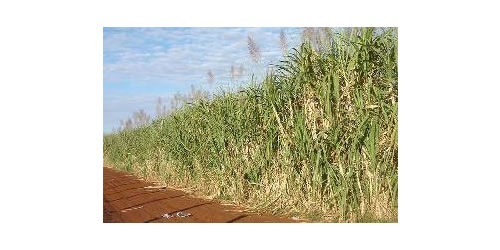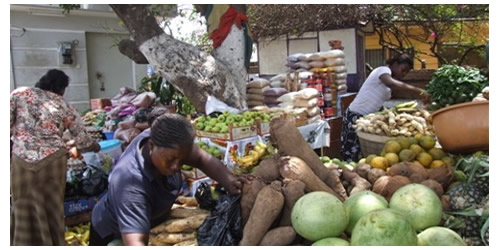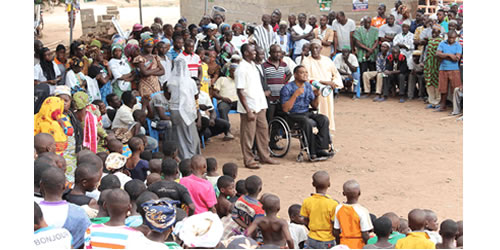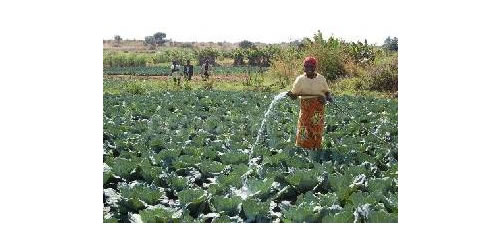Komenda Sugar factory threatened as Developers encroach sugarcane farms

About 4,000 acres of sugar cane farm lands belonging to the resuscitated Komenda Sugar Factory has been encroached upon by private developers.
The development threatens the cultivation of sugar cane–the raw material needed for the viability of the newly-built Komenda Sugar Factory in the Central Region.
“Thirty years ago, government had 6,300 acres of land but that land has been encroached. It has now become 3000 acres now,” Mr. Nitin Wagh, President of SEFTECH – the project contractor told the B&FT.
Given the limited land available for the cultivation of the crop, the factory will now need 4,000 acres of sugar cane plantation from outgrowers within a 25 kilometer radius of the factory to augment what is produced by the company.
At full throttle, the plant is expected to produce 50 tons of sugar per day. That is about six times the weight of an elephant.
Experts estimate that for a plant that has the capacity to crash 1250 tons per day for 180 days, it requires 225,000 metric tons of sugar cane every other six months for processing.
About 7,000acres of land is needed to grow 225,000 metric tons, given that an acres produces about 30tons of the crop per acre.
The main crashing season is from November-April. From May-October is the maintenance period where they is no sugar cane for processing.
The Ghana sugar industry was started in the First Republic, and consisted of two factories at Asutsuare and Komenda which began operations in 1967.
The two factories had their own plantations and also bought cane from farmers. Development of the plantations and factories — which were supplied, erected and financed by Poland (Asutsuare) and Czechoslovakia (Komenda) — was badly-planned, executed and managed.
Water for the factory and housing at Komenda was provided by a 24-mile canal from the River Pra; the canal was intended to provide sugar estates with irrigation through a sprinkler system.
The Komenda Sugar Factory later went under private care, but this wasn’t enough to sustain it.
The new processing facility was constructed with a loan facility of US$35million from the government of India-sponsored Exim Bank of India; Line of Credit with an interest of 1.75 percent; and a counterpart funding of US$1.26million from the government of Ghana (GoG).
The agreement was signed with SEFTECH as the contractor in September 2013. The Letter of Credit (LC) was established in October 2014 with delivery of the project expected in two years; that is, in October 2016. The Loan has an interest of 1.75 percent, with a five-year moratorium. Repayment starts in the sixth year.
Source: B&FT




